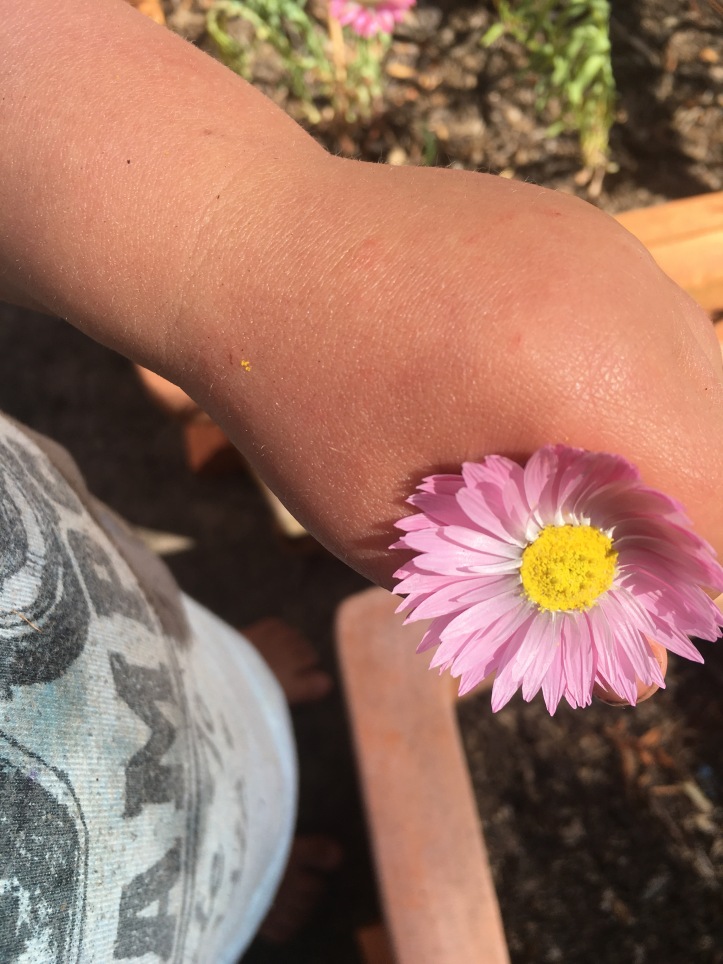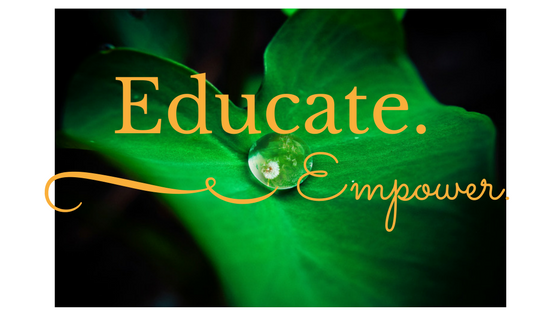Liv on Life is a wonderful series of books told through the eyes of a young girl names Olivia who loves getting out and about and enjoying life (which child doesn’t?!)

Green is good really highlights how much all children want to learn more about where their food comes from and with some encouragement can aspire to living a more eco friendly life!
Liv finds a book about vegetables and after she has read through it (with her pet dog Bowie), she asks her mum to take her to a real farm!
Here is the perfect opportunity for a parent to engage with their child’s interest and she does. They see vegetables being grown, farms animals, local insects and farm pets.
Liv talks to the farmer and learns all about organic farming and the importance of small scale farms and using less pesticides on any of our food.
My children loved reading this story and did ask if they could also go to a farm one day – which we are currently looking into. They also talked about the lettuce we grow in our own garden and how that is chemical free.
Books like Green is Good really help children to realise that they can make a difference in the world they live in, and what they are doing is benefiting so many people, animals and plants around them.
Elizabeth Gorcey is a great storyteller for young children as the story talks to the children and places them in the situation Liv is in. Liv is an energetic and inspiring character and her energy really flows from the pages and into the room.
So how can you link this book to your home or the classroom? These questions are graded for easier tasks to more difficult.
Thinking
- Why is green good? Can other colours be good to if we are to be more environmentally aware?
- How can you fit more vegetables into your daily diet?
- If you followed a butterfly for a day where would you go? What would you see?
- What does organic mean? Where are some local organic farms to you?
Geography
- Where are your local farms?
- Find a map of your home town and search for the 5 closest farms to your house or work.
- Where do our different fruits and vegetables come from?
- Are pesticides needed for every fruit and vegetable that is grown? Can certain environments allow for less pesticide usage?
- Visit a farm – for a day or a farmstay!
- Sign up with a company who deliver organic produce or source from local farms. Harvest hub is a great initiative!
Science
- Go to your local fruit market and explore the local produce rather then proceed grown overseas.
- Taste, touch, look at and smell different fruits and vegetables. Look at the page where Liv tasted the Jicama – what words did she use to describe the vegetable? Use words like that to describe your new tastes.
- What issues are there with bringing fruits and vegetables from large distances rather than within a local area? Explore the food miles of different items from your supermarket shop.
- Grow your own veggie patch. Work out what suits your area the best and what you can do with even the smallest patch of dirt.
Literacy
- Is there a story you would like to tell? Encourage your child to tell a story about being outside.
- Create a story about visiting a farm – real or imaginary using ideas from websites and non fiction resources.
Liv on Life: Green is Good is a fantastic story to encourage passion and engagement with the world us. Knowing where our food comes from is such an important part of our education as a global citizen and so many of us have no idea where food on our table is coming from. By reading books like Green is good, we can encourage knowledge and care in our children.


[…] Liv on Life: Green is good […]
LikeLike
[…] Plant some living gifts […]
LikeLike
[…] Liv on Life […]
LikeLike
[…] year we read and reviewed Liv on Life:Green is good and have been wondering what Liv and her dog Bowie have been up […]
LikeLike